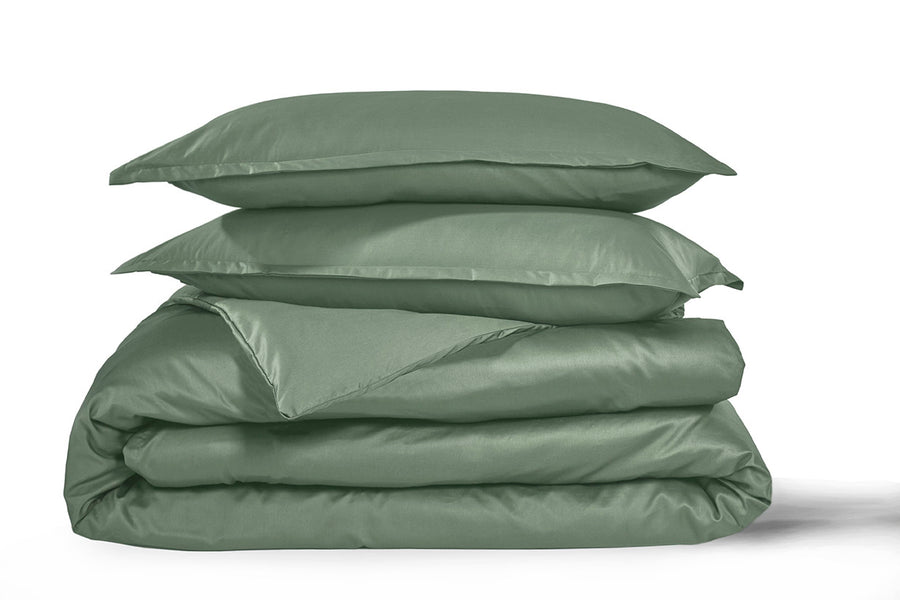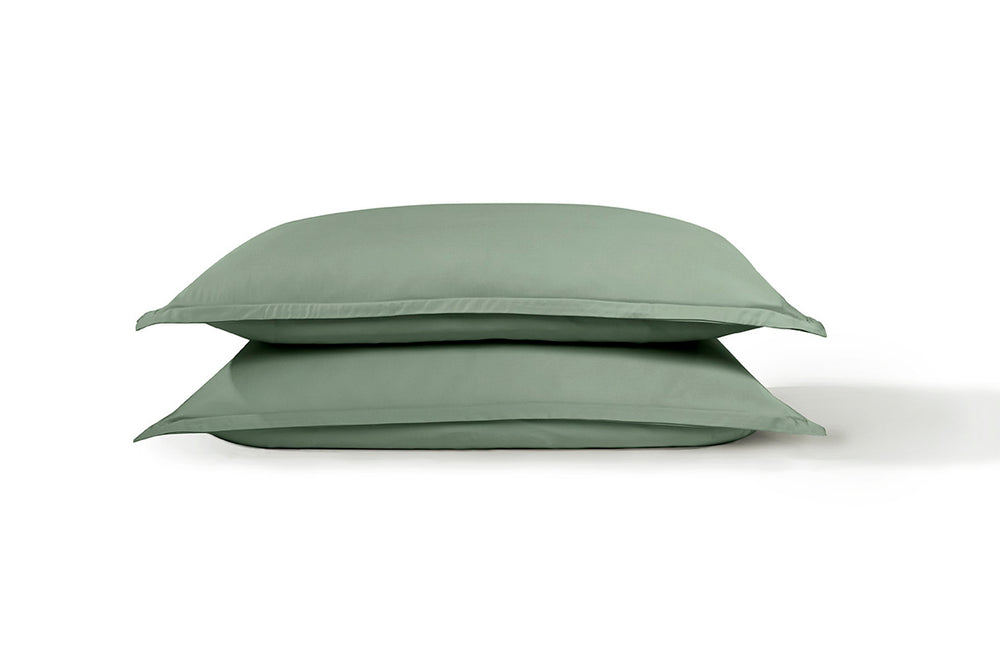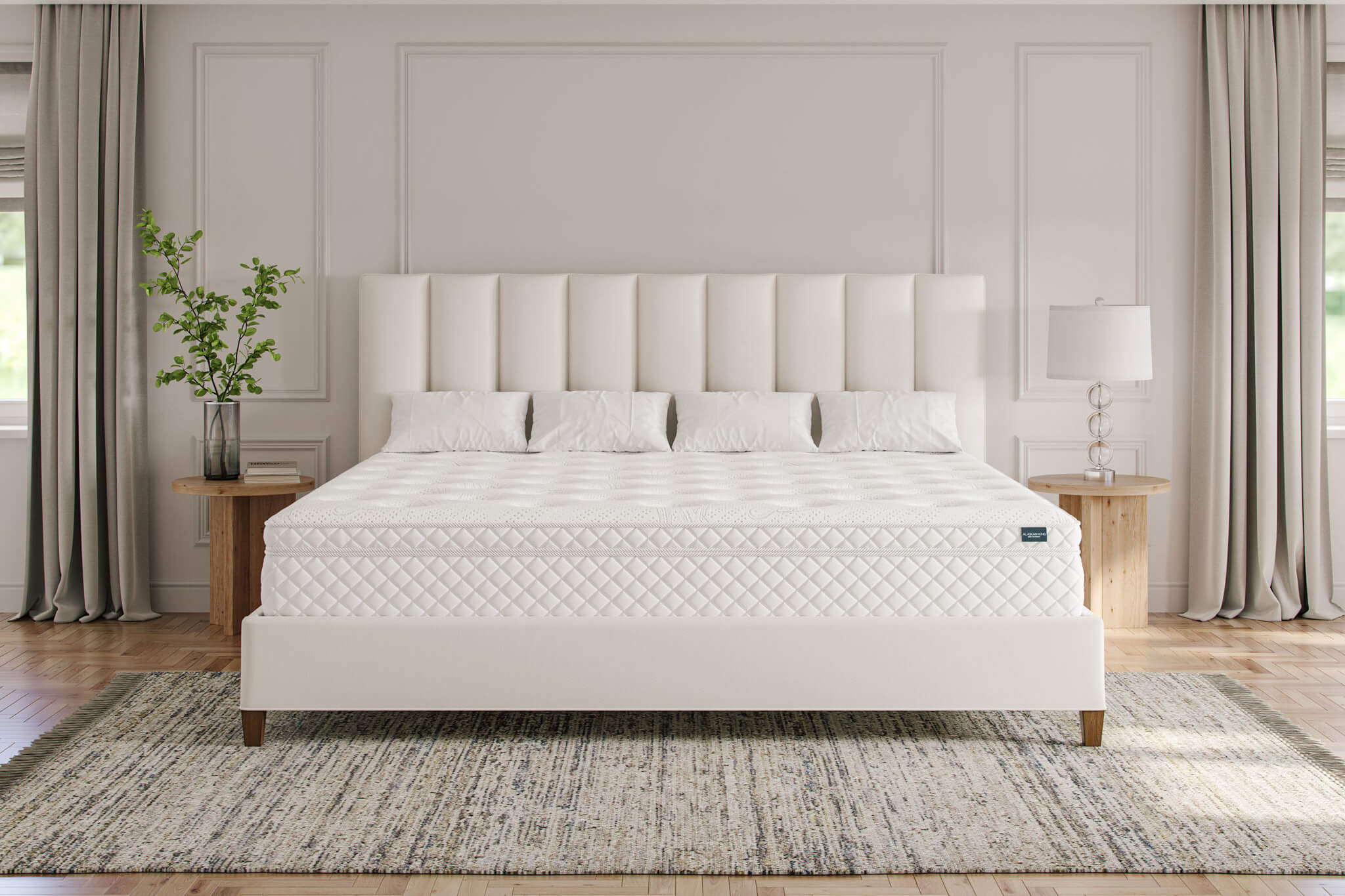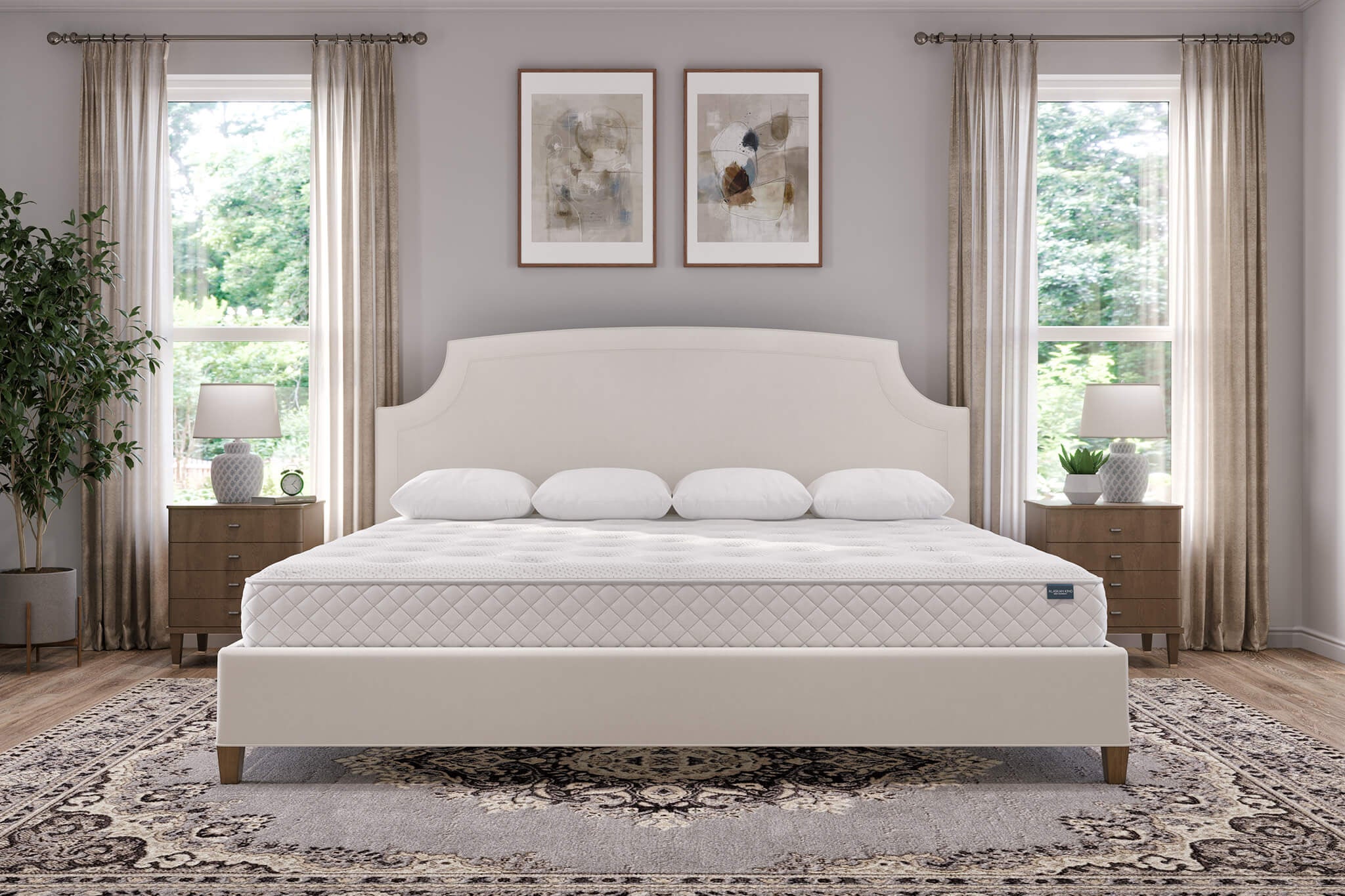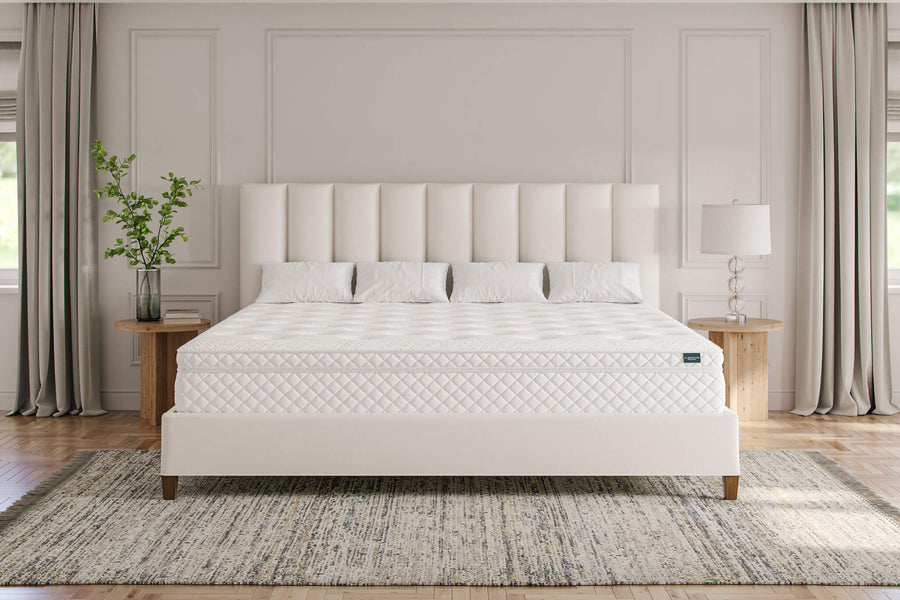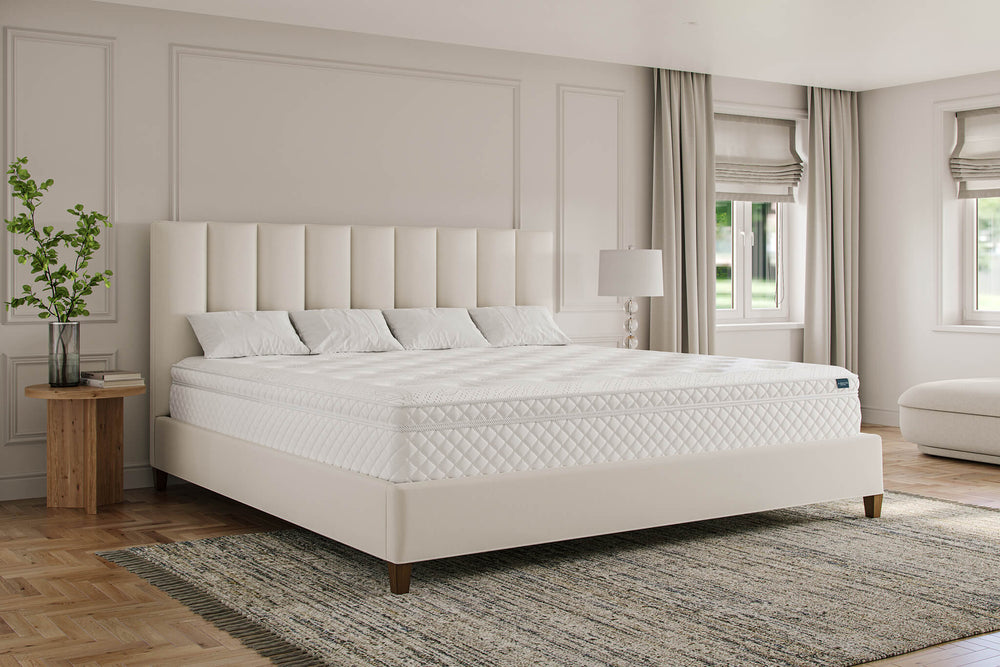The Psychology of Color: How to Choose the Right Palette for Your Bedroom
Do you walk into your bedroom and feel like something’s…off? You’ve picked out the furniture, arranged the décor, and even invested in the coziest bedding, yet the space doesn’t feel as relaxing or inviting as you’d hoped.
The culprit could be the very colors you’ve chosen. Whether it’s overly bold walls, uninspiring neutrals, or clashing tones, your color scheme might be subtly working against the mood you want to create.
But don’t worry – by tapping into the psychology of color, you can set the right tone and transform your bedroom into the peaceful sanctuary you deserve.
Can Colors Impact Our Emotions and Behaviors?
Across cultures and traditions, we use colors to express how we feel. We might feel blue when sad, see red when angry, or turn green with envy. This universal association with emotions reflects how deeply colors influence our mental state.
Scientific research confirms this connection. A 2018 study highlighted how factors like hue, brightness, and saturation influence emotional responses. For example, vibrant and saturated colors like bright red can boost arousal and energy, while soft blues tend to evoke calmness and positivity. Even achromatic colors like gray or white can subtly affect heart rate and mood.
In your bedroom, these emotional triggers can make a difference. That’s why you need to choose colors that match the atmosphere you want to create. For example, you can use soothing pastels for relaxation or warm tones for coziness to help you set the stage for better rest.
How to Choose a Bedroom Color Palette
The right color palette can help you unwind after a long day, create a sense of calm, and even spark joy and creativity.
Here are some practical steps to choose a palette that truly feels like home:
1. Think About the Mood You Want to Set
Ask yourself: do you want your bedroom to feel cozy, energizing, romantic, or serene? Colors have the power to evoke emotions – soft blues and greens create a calming effect, while muted oranges or terracotta tones bring warmth and comfort. Define the vibe, and your color choices will follow naturally.
2. Work With Your Bedroom’s Natural Light
Rooms with lots of natural light can handle deeper, richer colors, as the sunlight keeps them vibrant. In darker spaces, lighter shades prevent the room from feeling gloomy and make it feel more open and airy.
3. Test Colors in Different Lighting
Colors can look completely different depending on the time of day and lighting conditions. That’s why you should test swatches in morning, afternoon, and evening light to avoid surprises and ensure you love the color in every scenario.
4. Use the 60-30-10 Rule
The key is to balance your palette: 60% of the room (like walls) should be a dominant color, 30% (furniture and bedding) a secondary color, and 10% (decor) an accent color. This split creates harmony and prevents your space from feeling overwhelming or mismatched.
5. Stick to a Limited Palette
Choosing 2-3 main colors keeps the space cohesive and uncluttered. A focused palette creates a sense of calm and order, which is especially important for a restful bedroom.
6. Factor in Existing Furniture and Décor
Consider the colors already present in your furniture, rugs, or curtains. Building your palette around these elements ensures a balanced look and saves you from unnecessary clashes or costly replacements.
7. Don’t Ignore Textures and Materials
Paint isn’t the only way to add color. Wood tones, metal finishes, and textiles like curtains and throws contribute to your palette. Incorporating textures adds depth and makes the space feel layered and dynamic.
8. Use Neutrals for Flexibility
Neutrals like white, beige, or gray provide a versatile base that’s easy to refresh with accent colors. This approach lets you change your room’s vibe seasonally or whenever your tastes evolve without a major overhaul.
9. Personalize Your Bedroom
Trends can be inspiring, but your bedroom should reflect your personality. Include colors that make you happy, bring back good memories, or make you feel at home. This personal touch makes the space uniquely yours, which helps you relax at bedtime.
Looking for ways to relax in the evening? Read our blog post about the best activities to unwind before bedtime.
Popular Bedroom Colors and Their Psychological Effects
Different colors have different effects on us. You need to choose a color that aligns with your goals for the space. Want better sleep? Go for cool tones like blue or green. Craving energy in the mornings? Add warm accents like yellow or orange.
Here’s a breakdown of the most popular choices:
Blue: The Calming Classic
Blue is a top choice for bedrooms because of its soothing effect. Light blues mimic the serenity of the sky or ocean, while darker shades evoke a sense of stability and trust.
Blue is especially great if you struggle with stress or anxiety, as research suggests it lowers blood pressure and heart rate.
Read our tips on how to create a stress-free bedroom.
Green: Nature’s Neutral
Green brings the calm of the outdoors into your home. It symbolizes balance and renewal, which makes it an excellent choice for creating a relaxing bedroom atmosphere.
Whether it’s a soft sage or a bold emerald, green has a unique ability to make your bedroom feel peaceful and refreshing.
Neutral Tones: Versatile and Grounding
Shades like beige, taupe, and gray are timeless choices that provide a neutral base for your bedroom. These colors evoke simplicity and offer a blank canvas that allows you to personalize the room with accents or textures. Neutral tones are ideal if you prefer a minimalist, clutter-free vibe.
White: Clean and Fresh
White walls can make your bedroom feel open and airy. While it’s often associated with cleanliness, white also offers the flexibility to pair with any accent color. Just be sure to add layers through textures or patterns to avoid a sterile feel.
Yellow: Cheerful and Energizing
Yellow is all about warmth and positivity. Soft, buttery yellows can make your bedroom feel cozy and inviting, while brighter shades bring energy and creativity. Use yellow sparingly, as too much of it can overstimulate the senses.
Pink: Romantic and Comforting
Pink creates a cozy and nurturing atmosphere, which makes it a popular choice for those who want a soft and romantic touch. From dusty rose to blush tones, pink brings warmth without being overpowering, especially when paired with neutral accents.
Purple: Luxurious and Mystical
Purple adds a royal touch to any bedroom. Lighter shades like lavender promote calmness and relaxation, while darker tones like plum or eggplant add drama and sophistication. Purple strikes a balance between peace and creativity.
Red: Bold and Passionate
Red is the color of energy and passion, but it’s best used as an accent in bedrooms. A splash of red, whether in pillows, throws, or décor, can add warmth and excitement without overwhelming the senses.
Black: Dramatic and Intimate
Black may seem like a bold choice, but when used strategically, it can create a sense of intimacy and luxury. Pair black walls or accents with lighter hues to maintain balance and avoid a heavy, closed-off feeling.
Soft Earth Tones: Cozy and Grounded
Terracotta, clay, and other earthy tones evoke warmth and connection to nature. These colors are perfect for creating a cocoon-like effect, ideal for a bedroom that feels like a haven from the outside world.
Mistakes to Avoid When Choosing Bedroom Colors
Creating a restful, stylish bedroom starts with picking the right colors. But it’s just as important to avoid common mistakes that can derail your vision. Here’s what to watch out for when deciding on your palette:
Tips for Incorporating Color into Your Bedroom
Here are some practical ways to introduce color while maintaining harmony and functionality:
- Use your bedding as a focal point: Pick oversized comforters, duvets, and throw pillows in your chosen color palette to set the right tone.
- Add an accent wall: Paint one wall in a bold or contrasting color to add depth and visual interest while keeping the room balanced.
- Choose colorful artwork: Hang prints, canvases, or framed photos that incorporate your desired hues to tie the room together.
- Bring in color through rugs: A patterned or solid rug can anchor your space and introduce new tones that complement your palette.
- Layer with curtains and drapes: Use these window covers to introduce soft, diffused color, adding elegance and warmth to the room.
- Incorporate natural elements: Plants, wooden furniture, or natural textiles can introduce earthy tones that add to your palette organically.
- Accessorize strategically: Vases, lamps, and decorative objects in accent colors can subtly reinforce your scheme without overwhelming the space.
- Experiment with lighting: Use bulbs or shades in warm tones to improve colors and create a cozy atmosphere.
- Opt for dual-purpose furniture: Pick nightstands or headboards in statement colors to combine function with design.
- Start small with removable décor: Test your palette with peel-and-stick wallpaper or throw blankets before committing to larger changes.
Create Your Dream Bedroom
Your bedroom is more than just a place to sleep. It’s a personal sanctuary where the right design choices can make a world of difference. By understanding the psychology of color and applying thoughtful design strategies, you can create a space that promotes relaxation, creativity, and a sense of calm.
Remember, it’s all about making choices that reflect your personality and needs. Whether you go bold with an accent wall or subtle with layered textures, the key is to curate an environment that feels like home.
Need more tips on decorating your bedroom? Check out our article on the most important things to include in your bedroom for more inspiration.


